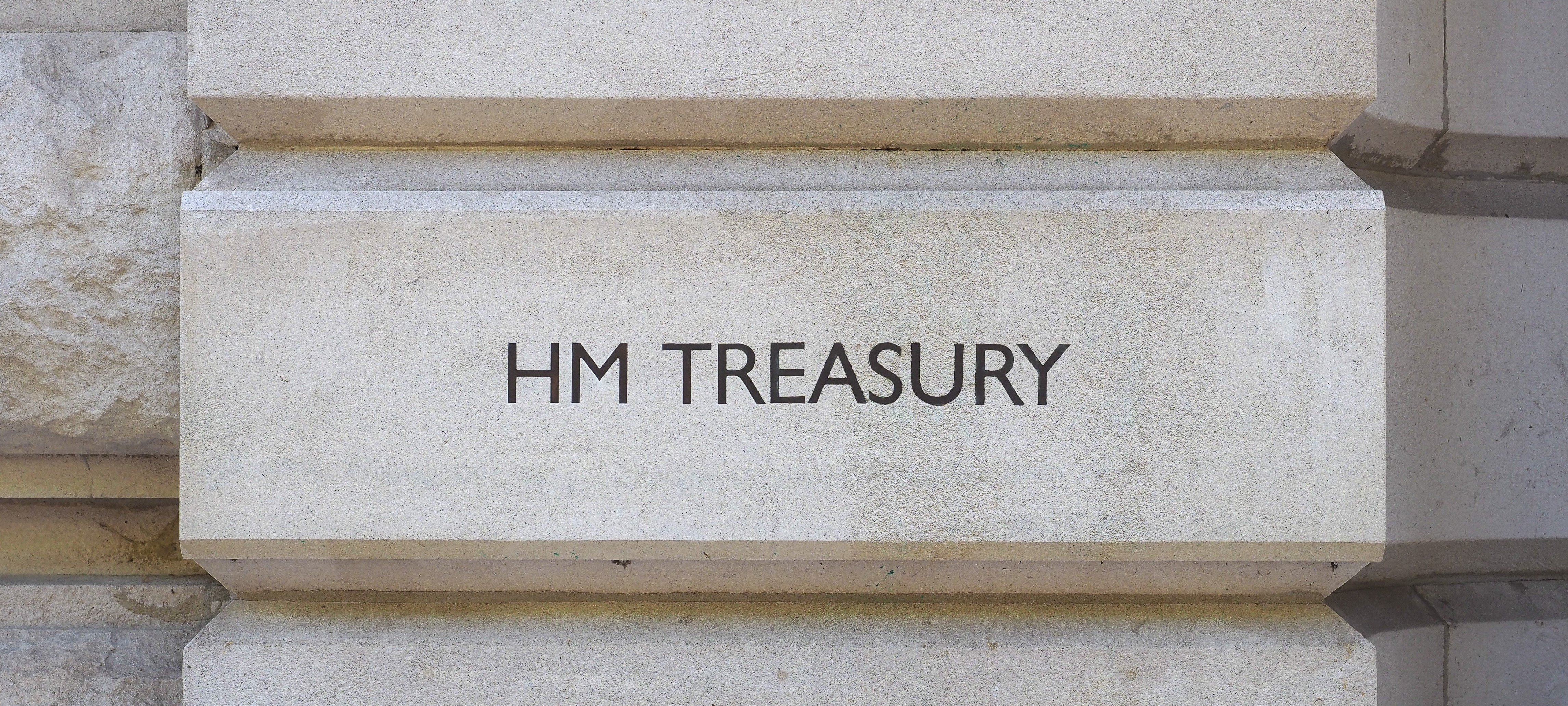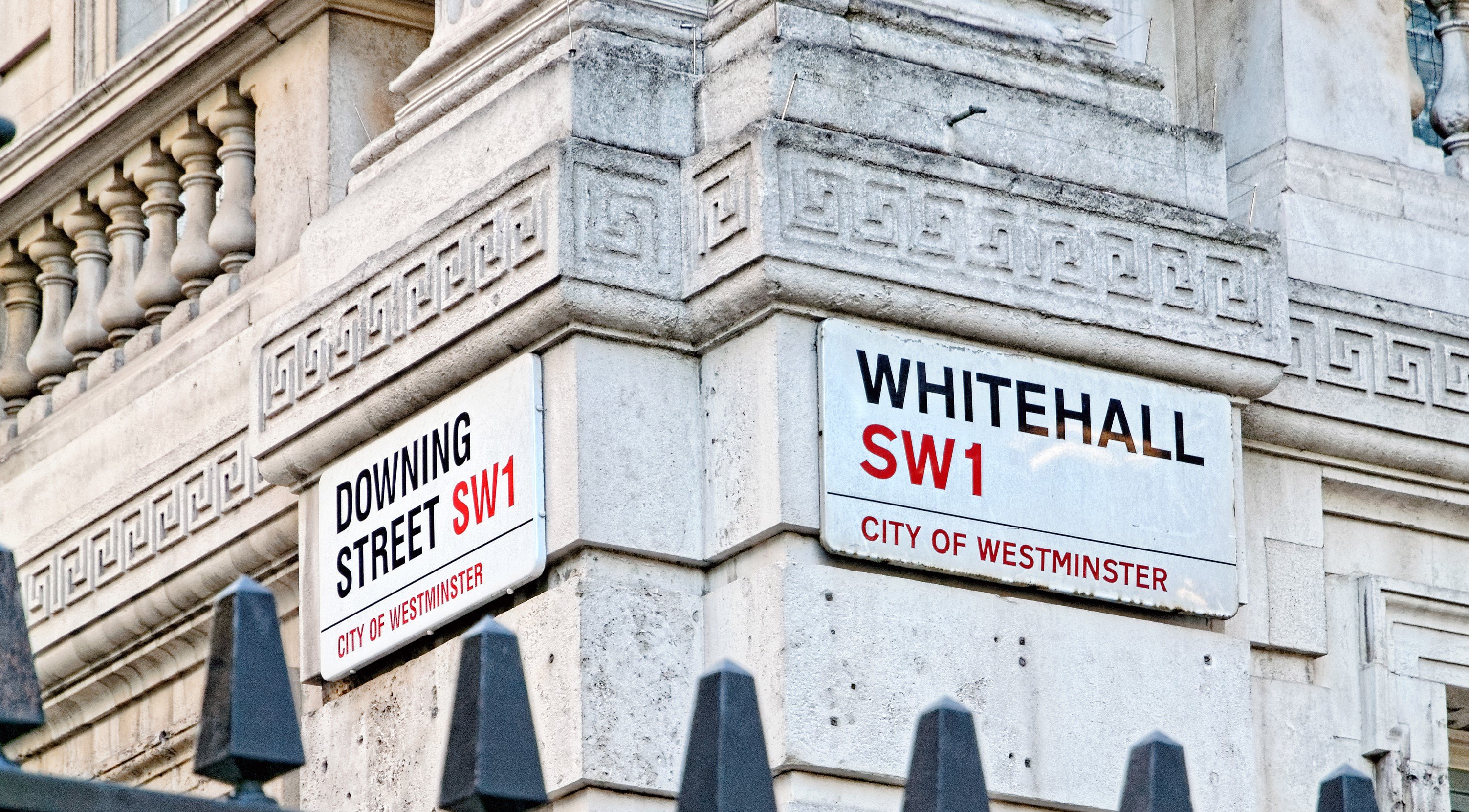The Autumn Statement 2022: what does it mean for investors?
The recent Autumn Statement was an interesting one from new Chancellor Jeremy Hunt. Completely U-turning on many of the points announced in the previous Chancellor’s ‘mini-Budget’ in September, the focus was shifted to tackling the UK’s growing national debt, which is currently equivalent to approximately 100% of UK GDP.
As we saw from the mini-Budget, the markets don’t respond well to announcements of billions of unfunded tax cuts and spending in the face of a rising national debt. So, whilst the general market reaction to the Autumn Statement has been somewhat more positive, the numerous tax changes certainly afford many experienced investors the opportunity to consider putting a greater emphasis on the role of tax-efficient investments in their portfolio.
With several key announcements made in the Statement that will affect investors to varying degrees, there are four key tax points to take note of:
1. Additional rate income tax threshold lowered to £125,140
For high earners, the 45% additional rate tax currently applies on incomes over £150,000 per year. As of 6th April 2023, the level of income on which the additional rate will be charged is set to fall to £125,140, which is estimated to impact approximately 250,000 more earners in the UK.
Importantly, not only does this mean those who previously fell into the 40p tax band are now set to pay 5p more in every £1 earned above £125,140, but those already paying the 45p tax rate will pay the rate on even more of their income.
2. Capital gains tax allowance to be reduced to £3,000
The current capital gains tax (CGT)-free allowance sits at £12,300 in the 2022/23 tax year. In the Autumn Statement, it was announced this allowance is set to reduce to £6,000 from April 2023 – and then halve to £3,000 from April 2024.
By this point, the CGT allowance will be at its lowest figure since 1981 and with many CGT-liable assets - such as property - set to continue increasing notably in value, it is likely to mean that CGT becomes more of a focus for many than ever before.
3. Dividends tax allowance to fall to £500
Whilst the rates of dividends tax are set to remain the same (8.75% for basic rate income taxpayers, 33.75% for higher rate income taxpayers, and 39.35% for additional rate income taxpayers), the amount you can take tax-free as a dividend is set to fall considerably.
In the 2017/18 tax year, the tax-free dividend allowance was £5,000. This now stands at £2,000 in the 2022/23 tax year, but is set to halve to £1,000 as of April 2023, and halve again to £500 in April 2024. This represents a 90% reduction in the allowance over a six-year time span - one of the most drastic of any tax in that same period.
4. Inheritance tax rate frozen for a further two years
Arguably one of the most contentious UK taxes, the existing nil-rate band for inheritance tax (IHT) is £325,000, with anything exceeding this figure being subject to 40% tax. Following this system, the Government collected £4.1 billion in IHT receipts between April and October 2022 alone and in the March 2021 Budget, it was announced the current IHT rate and tax-free allowance would be frozen until April 2026.
In the 2022 Autumn Statement, it was announced that this will be extended for a further two years, until 2028. Whilst there were no other explicit changes to this tax, the freeze is likely to generate an even higher level of IHT revenue for the UK government, with the Office for Budget Responsibility anticipating £7.8 billion to be collected in the 2027/28 tax year. Largely, this is due to the value of estates continuing on an upward trend following rising house prices, meaning that an increasing number of estates become subject to IHT.
Minimising the impact of the Autumn Statement’s tax changes
Although none of the aforementioned tax adjustments were rate increases, the changes of thresholds – or not, in the case of inheritance tax – mean that hundreds of thousands of people will see increases in many of the taxes they pay.
For example, according to the Institute for Fiscal Studies, approximately 3 million people are expected to pay higher rates of income tax by 2026 and, specifically, those earning above £150,000 are set to pay an extra £1,243 in income tax per year, as highlighted by the Financial Times.
Yet, importantly, the Chancellor used the Statement to reaffirm his support for two investment schemes – the Enterprise Investment Scheme (EIS) and its younger sibling, the Seed Enterprise Investment Scheme (SEIS) – that when utilised, can help to reduce the impact of many of the tax changes, whilst simultaneously providing capital to early-stage companies and offering investors the potential to achieve superior returns.
In the Statement, the Treasury confirmed the Government’s commitment to the SEIS extension (one of the only mini-Budget announcements to not be U-turned), doubling the amount individual investors can allocate to SEIS transactions each year to £200,000 – subsequently enabling up to £100,000 in income tax relief to be claimed annually – whilst also widening the eligibility criteria for companies looking to raise capital via the scheme. This commitment is scheduled to become effective as of April 2023.
Furthermore, it was reassuring to see the Government reiterate its support for the EIS beyond the original sunset clause, which was previously set to see the scheme end in 2025.
The government is committed to ensuring cutting-edge innovative firms have access to finance to invest and grow. As previously announced, the government is increasing the generosity and availability of the Seed Enterprise Investment Scheme and the government remains supportive of the Enterprise Investment Scheme and Venture Capital Trusts and sees the value of extending them in the future.
- Christina Stewart-Lockhart, Director General of EISA
This could provide a huge boost for investors, as the range of tax reliefs offered by both the EIS and SEIS could not only help to mitigate the growing tax burden initiated by the Autumn Statement, but also help investors protect their wealth against a backdrop of rising inflation and assist with minimising the overall risks associated with early-stage venture capital investments whilst working to maximise the potential benefits.
Exploring the exemptions offered by a number of tax-efficient investment routes - including the EIS and SEIS, Venture Capital Trusts (VCTs) and Individual Savings Accounts (ISAs) - in more depth could prove highly beneficial for experienced investors, particularly during times of fiscal austerity and rising inflation.
EIS
The Enterprise Investment Scheme (EIS), announced in 1994 by the UK Government, has attracted over £25 billion of investment for early-stage companies by offering investors a range of tax benefits, from income tax relief to inheritance tax exemption.
Notably, this scheme offers investors the opportunity to claim 30% of the value of their investment back through income tax relief, should shares be held for a minimum of three years. This relief can amount to a maximum income tax bill reduction of £600,000 per investor, per tax year.
Furthermore, the EIS can provide investors with significant CGT benefits, as any gains in the value of EIS shares are completely CGT-free, again, provided that investments are held for at least three years. Additionally, EIS deferral relief enables investors to pay their CGT bill at a later point in time.
In the UK, as of the 2022/23 tax year, all estates valued over £325,000 are usually liable to 40% inheritance tax. But, with EIS inheritance tax relief, investors can benefit from full inheritance tax exemption on the value of their shares, as long as the shares have been held for at least two years and are held at the time of the shareholder’s passing.
As investing into early-stage businesses often proves riskier than traditional investments, loss relief is an important feature offered by the EIS. Should an investor realise a loss on the value of their investment, EIS loss relief allows the value of the loss to be offset against their income tax bill or CGT bill.
SEIS
Via the Seed Enterprise Investment Scheme (SEIS), investors can access comparatively earlier-stage businesses and, in turn, receive more generous tax reliefs than offered by the EIS to compensate for the higher level of risk being taken.
Namely, one of the more generous reliefs offered by the SEIS is 50% income tax relief, as opposed to 30% available with the EIS. This can equate to an annual income tax saving of £100,000 per annum, starting in the 2023/24 tax year.
Similarly to the EIS, the SEIS offers investors CGT exemption on any returns gained via the scheme. However, instead of offering CGT deferral relief alongside this, the SEIS offers CGT reinvestment relief. This allows an investor who has disposed of a chargeable asset to receive up to 50% of the gain fully exempt from CGT, should they reinvest the capital into SEIS-qualifying shares.
The SEIS also offers investors inheritance tax relief and loss relief, the same as the EIS.
This combination of tax reliefs, along with the potential for significant returns and scope to assist with the growth of young businesses, could provide considerable opportunity for investors to minimise their tax bill and mitigate some of the risk associated with investing in startup businesses. Especially when looking towards the 2023/24 tax year and beyond, the range of tax benefits offered by both the EIS and the SEIS could prove to be extremely valuable for investors.
VCTs
Venture capital trusts (VCTs) can present another method of tax-efficient investing, enabling investors to claim up to 30% income tax relief on the amount of capital invested in a new VCT (or new shares issued by an existing VCT). Additionally, if the VCT pays dividends, investors can receive these free of dividends tax.
The maximum annual investment into a VCT from individual investors currently stands at £200,000, and investors must then hold their shares for at least five years to benefit fully from the tax reliefs available. Furthermore, annual fees charged to VCT investors are typically around 2% to 3%, and there can also be initial investment charges, often up to 3.5%.
ISAs
A range of ISA products, including the Stocks and Shares ISA, Innovative Finance ISA, Lifetime ISA and Cash ISA, allow investors to allocate up to £20,000 annually (across the full family of ISAs) and receive any returns free of tax.
However, ISAs do not provide investors with any protection against inheritance tax, unless the ISA includes shares listed on the Alternative Investment Market (AIM) that qualify for Business Property Relief (BPR), in which case investors would receive 100% inheritance tax relief on the value of their shares, assuming that they have been held for a minimum of two years and are held at the time of the investor's passing.
The importance of tax-efficient investments
Ultimately, for investors looking to improve the level of tax-efficiency displayed throughout their investment portfolio, a number of schemes exist to assist with this process, including the EIS, the SEIS, VCTs and ISAs.
Investors do need to select opportunities based on their inherent value proposition and attractiveness, irrespective of any tax reliefs (the eligibility of opportunities and tax rules are both subject to change, and tax reliefs depend on individual circumstances) but in a world of increased appetite for and access to tax efficient investing, the opportunities certainly exist to create a portfolio of alternative investments that can mitigate many of the often burdensome taxes.
%20(3)%20(2).jpg)









